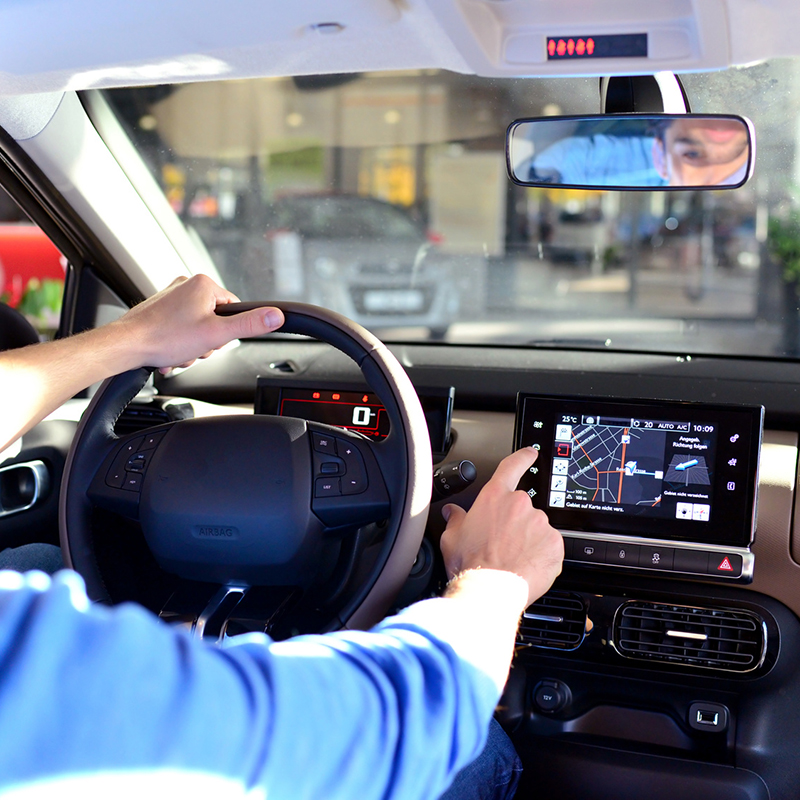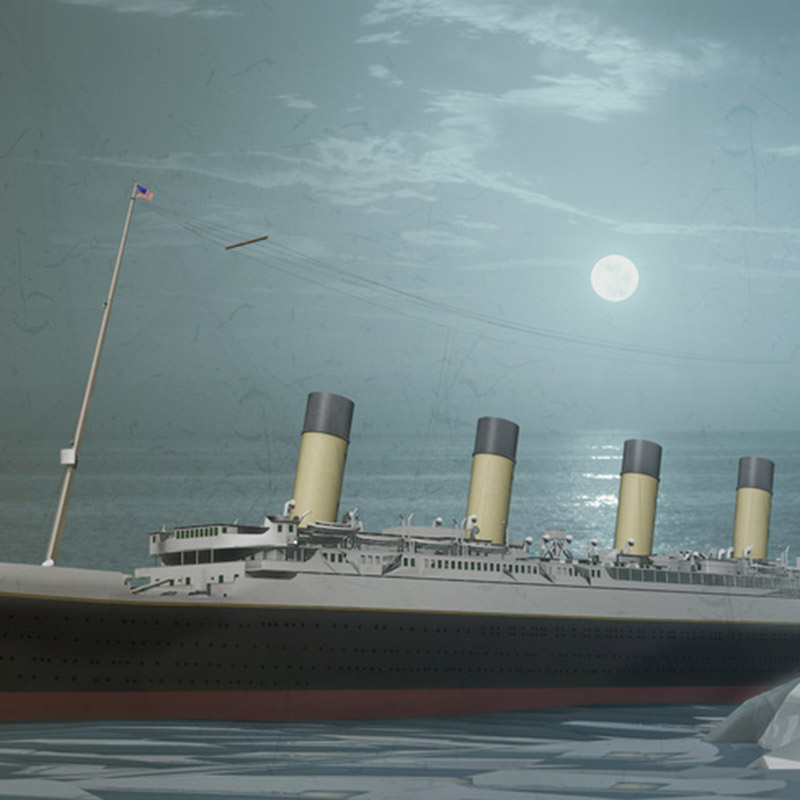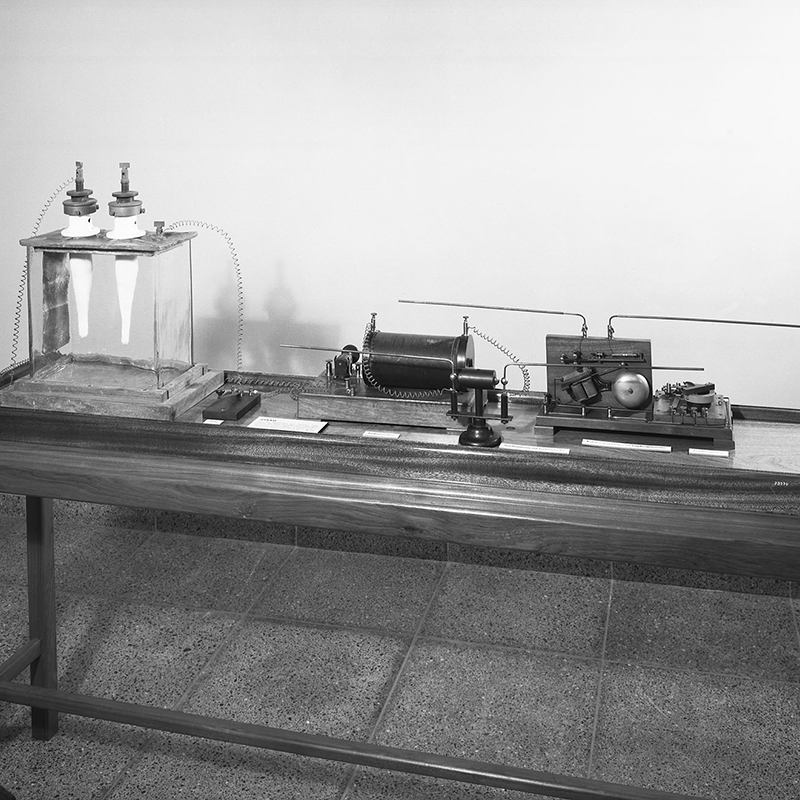In 1959, something was set up between Düsseldorf and Ratingen that may still give some drivers road rage today: the first speed trap. Telefunken had presented the prototype of the device called VRG 1 at the 1956 International Police Exhibition in Essen. After multiple field tests, the further developed product – the VRG 2 – was launched. The three-legged device included a box the size of a television set and a camera with a flash. The box could transmit electromagnetic waves in the radio frequency range, which were reflected by the car. The principle was based on the Doppler effect: when the signal is sent out and received, the distance between the speed trap and the car changes and the signal is compressed. The speed travelled is then calculated. If this exceeds a certain limit, a photo is taken using a flash, showing the car’s number plate and speed.
Slow down: the VRG 2 speed trap
What was a curse for drivers was a blessing for police officers: until then, they had mostly relied on stopwatches, radios, and speed tables to identify speeding drivers. The speed camera was a more convenient and more reliable option for traffic monitoring.
Today, the police use a variety of high-tech instruments alongside radar measurement to crack down on speeding drivers – technologies that work with lasers or light barriers, for example. Nevertheless, the technology from 1956 remains popular and is still used around the world. In a ranking by trade journal “Elektronikpraxis”, Germany comes in fifth place behind Brazil, Italy, the USA, and Great Britain. Most speed cameras in Germany are in Baden-Württemberg and North Rhine-Westphalia.
(Image: htpix – AdobeStock.com)




